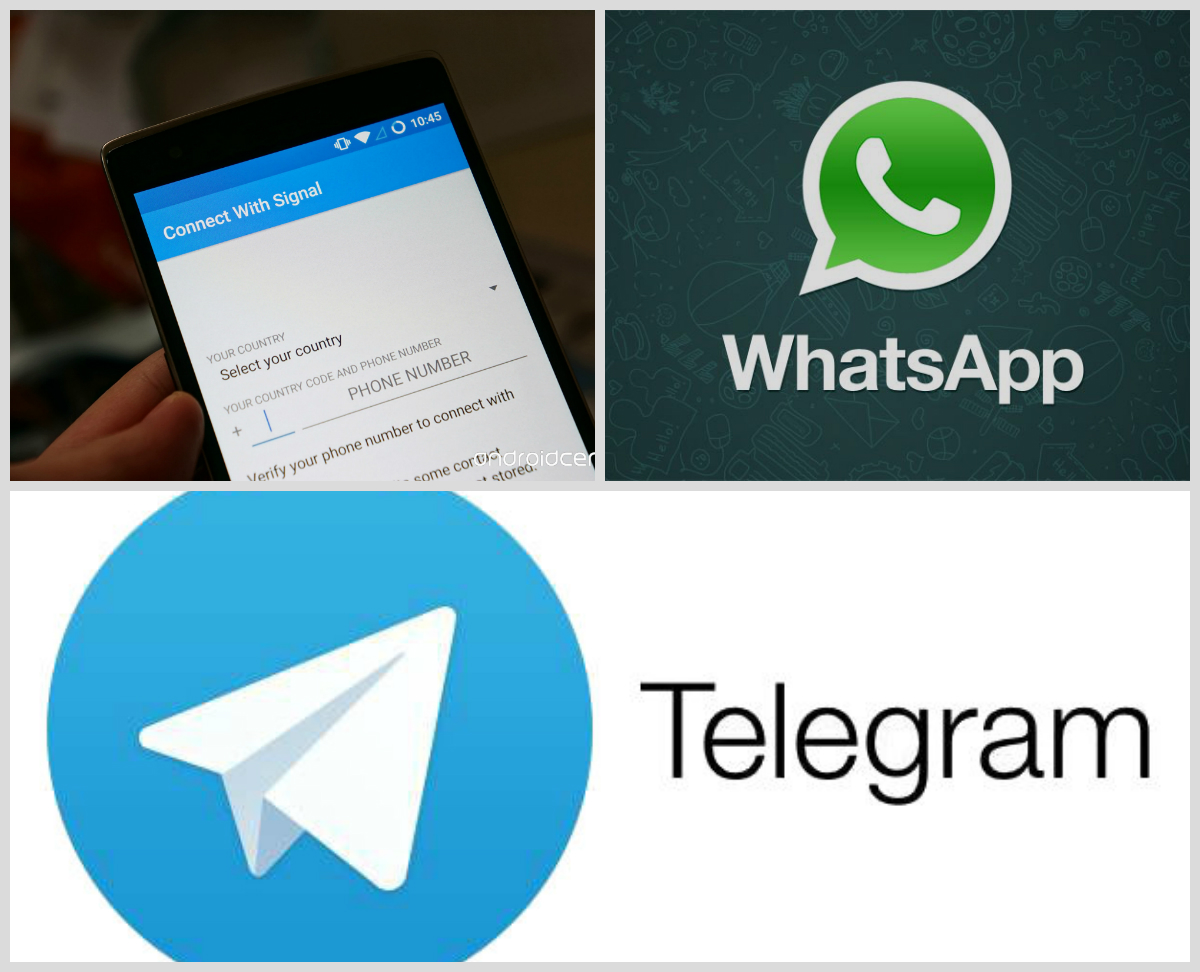Wartime presumes working more efficiently with information, verifying it, and securely exchanging it. Some of these actions can be done through a phone, thus facilitating the field work.
The exchange of secure information between a journalist and their editor becomes much more important during times of war. Though media outlets should also strive to make use of encrypted information during peacetime, during a war situation journalists’ open channels might be tapped by soldiers on both sides.
There is the danger that a journalist might be accused of transmitting classified information, or reports of the opponent’s wiretaps might be used as methods of propaganda. That’s why it’s necessary to use reliable encryption systems such Signal, WhatsApp, Telegram (through Secret Chat), and so on.
There are numerous navigation apps to orient oneself at the scene of military actions, but which have a few shortcomings: some of the free apps don’t allow users to access the maps offline.
Whereas the other apps’ areas relating to the conflict are underdeveloped and poorly depicted. Various locations are today better presented in Google Maps and Open Street Maps. In the case of Google Maps, it’s already possible to download an area on your phone and use it offline. With Google My Maps, you can easily make custom maps on your phone: to mark points, draw borders, show the change of positions, and so on. Maps.me offers the same option of offline maps but for Open Street Maps.
Today, you can gather very interesting information on military actions from a given location from the posts and images shared on social networking sites.
The experience of conflicts in a new era shows that social media monitoring allows you to not only get information, but also review existing information. Photos shared on Instagram, VKontakte, Twitter, and Google Plus can be searched according to location, using, for example, Banjo, which allows you to determine geotagged posts with a map.
Yomapic is more limited in terms of social media and works only with photos shared on Instagram and VKontakte. But it uses a more detailed filtering system, allowing you to indicate the specific territorial radius and the days when the photos were uploaded.
And for all this, of course, you must have an extra battery, since such apps, unfortunately, “do everything” for the phone to quickly deplete and become useless.
Samvel Martirosyan







